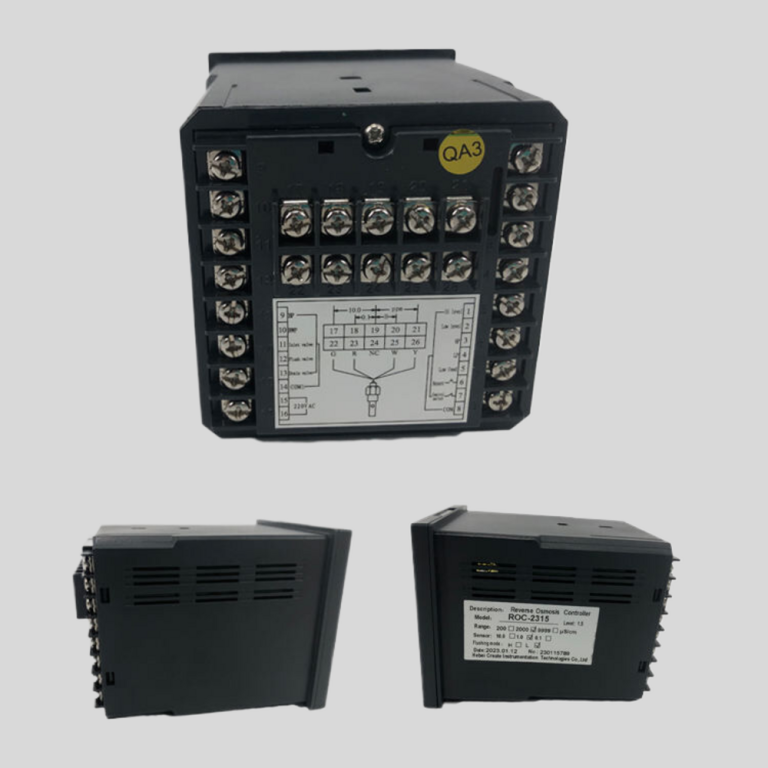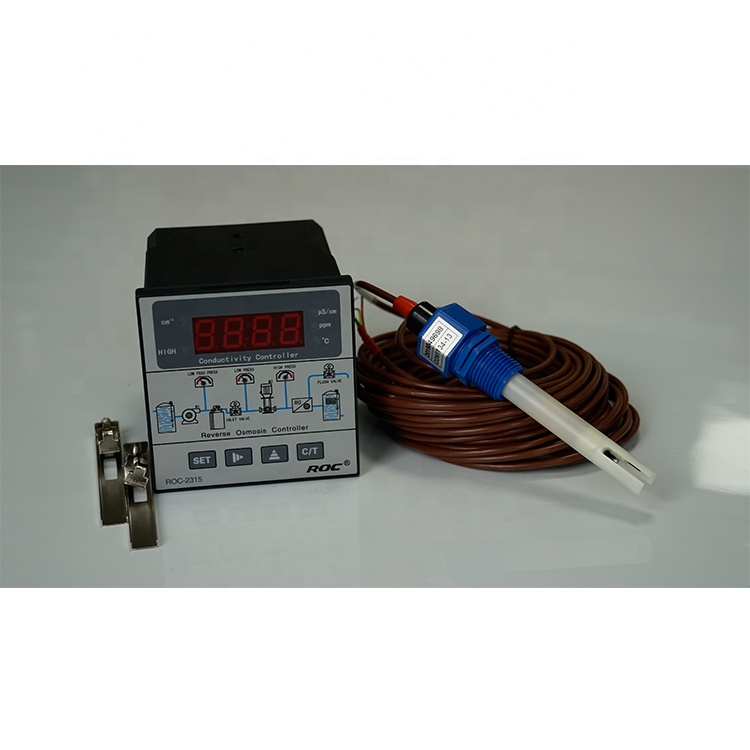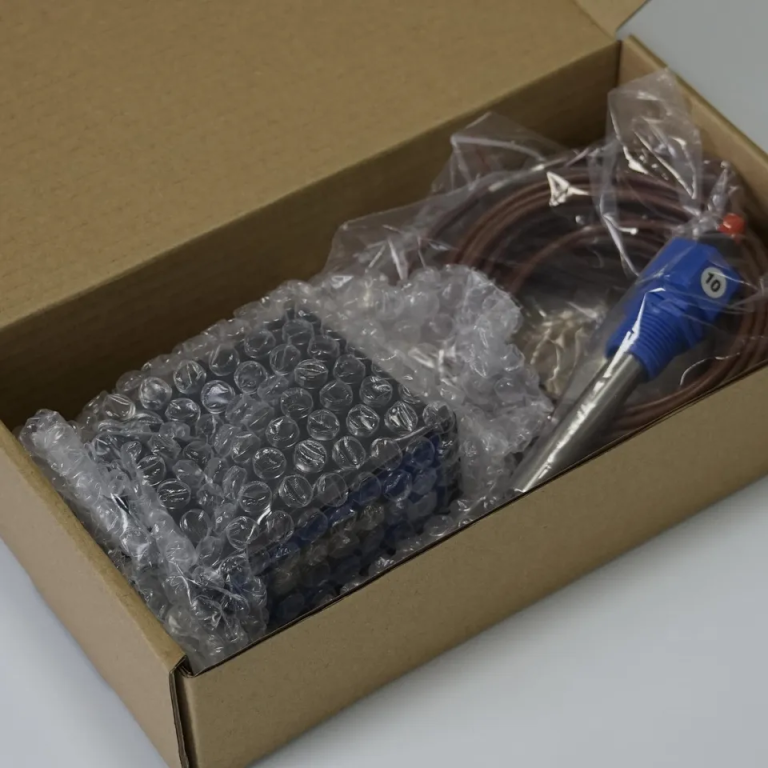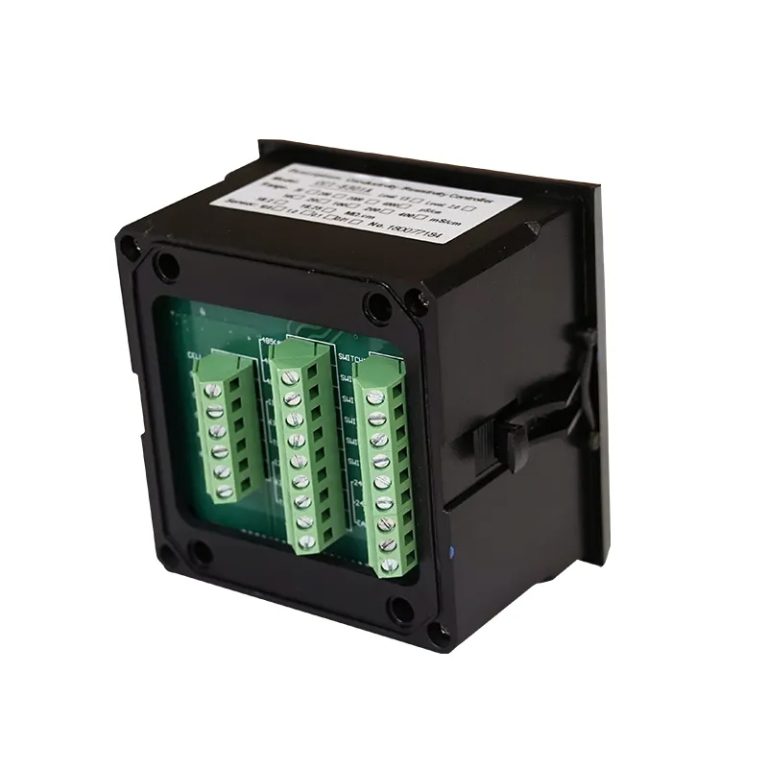Table of Contents
Importance of Calibrating dissolved oxygen sensors
dissolved oxygen sensors are crucial instruments used in various industries, including wastewater treatment plants, aquaculture, and environmental monitoring. These sensors measure the amount of oxygen dissolved in water, which is essential for the survival of aquatic organisms and the overall health of aquatic ecosystems. To ensure accurate and reliable measurements, it is important to calibrate dissolved oxygen sensors regularly.
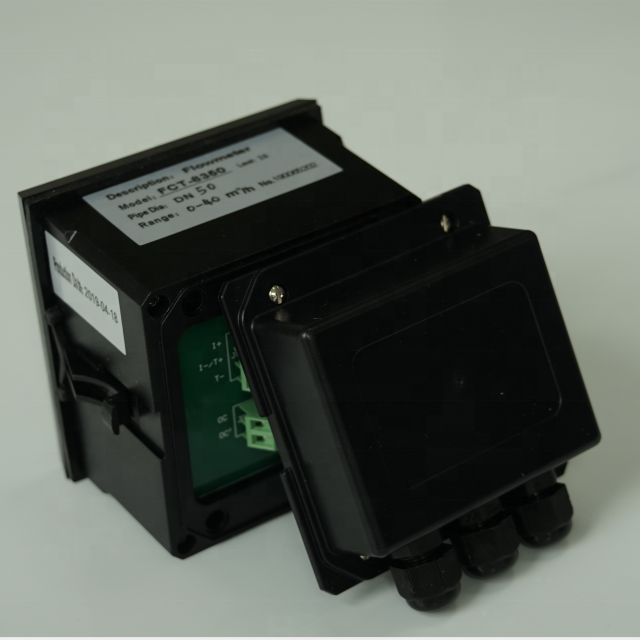
Calibrating dissolved oxygen sensors involves adjusting the sensor readings to match a known standard or reference value. This process helps to correct any inaccuracies or drift in the sensor readings, ensuring that the measurements are precise and reliable. Proper calibration also helps to maintain the sensor’s performance and prolong its lifespan.
| Measuring Method | N,N-Diethyl-1,4-phenylenediamine (DPD) spectrophotometry | |||
| Model | CLA-7122 | CLA-7222 | CLA-7123 | CLA-7223 |
| Inlet water channel | Single channel | Dual channel | Single channel | Dual channel |
| Measurement range | Total Chlorine : (0.0 ~ 2.0)mg/L ,calculated as Cl2 ; | Total Chlorine : (0.5 ~10.0)mg/L ,calculated as Cl2 ; | ||
| pH:(0-14);temperature:(0-100)℃ | ||||
| Accuracy | Free chlorine: ±10% or 0.05mg/L (whichever is greater), calculated as Cl2; Total chlorine: ±10% or 0.05mg/L (whichever is greater), calculated as Cl2 | Free chlorine: ±10% or 0.25mg/L (whichever is greater), calculated as Cl2; Total chlorine: ±10% or 0.25mg/L (whichever is greater), calculated as Cl2 | ||
| pH:±0.1pH;Temp.:±0.5℃ | ||||
| Measurement cycle | Free Chlorine≤2.5min | |||
| Sampling interval | The interval (1~999) min can be set to any value | |||
| Maintenance cycle | Recommended once a month (see maintenance chapter) | |||
| Environmental | Ventilated and dry room without strong vibration; Suggested room temperature: (15 ~ 28)℃; relative humidity: ≤85% (no condensation). | |||
| requirements | ||||
| Sample water flow | (200-400) mL/min | |||
| inlet water pressure | (0.1-0.3) bar | |||
| Inlet water temperature range | (0-40)℃ | |||
| Power supply | AC (100-240)V; 50/60Hz | |||
| Consumption | 120W | |||
| Power connection | 3-core power cord with plug is connected to the mains socket with ground wire | |||
| Data output | RS232/RS485/(4~20)mA | |||
| Dimension size | H*W*D:(800*400*200)mm | |||
There are two main methods for calibrating dissolved oxygen sensors: the zero-point calibration and the span calibration. The zero-point calibration involves adjusting the sensor reading to zero in the absence of oxygen, while the span calibration involves adjusting the sensor reading to a known standard value of oxygen concentration. Both methods are essential for ensuring the accuracy of the sensor readings.
Before calibrating a dissolved oxygen sensor, it is important to prepare the necessary equipment and solutions. You will need a calibration kit that includes calibration solutions with known oxygen concentrations, as well as a clean and dry container to hold the solutions. It is also important to ensure that the sensor is clean and free of any debris or contaminants that could affect the calibration process.
To calibrate a dissolved oxygen sensor using the zero-point calibration method, you will need to place the sensor in a container filled with a zero oxygen solution, such as nitrogen gas or a deoxygenated water sample. Allow the sensor to stabilize in the solution for a few minutes, and then adjust the sensor reading to zero using the calibration controls on the instrument.
For the span calibration method, you will need to place the sensor in a container filled with a calibration solution with a known oxygen concentration. Allow the sensor to stabilize in the solution for a few minutes, and then adjust the sensor reading to match the known oxygen concentration using the calibration controls on the instrument.
It is important to follow the manufacturer’s instructions for calibrating your specific dissolved oxygen sensor, as the calibration process may vary depending on the make and model of the instrument. Some sensors may require additional steps or procedures for calibration, so it is important to consult the user manual or contact the manufacturer for guidance.
After calibrating the dissolved oxygen sensor, it is important to verify the calibration by measuring a sample with a known oxygen concentration. If the sensor readings match the expected values, then the calibration was successful. If there are discrepancies in the readings, you may need to recalibrate the sensor or troubleshoot any issues that may be affecting the sensor’s performance.
In conclusion, calibrating dissolved oxygen sensors is essential for ensuring accurate and reliable measurements of oxygen concentration in water. By following the proper calibration procedures and using the appropriate equipment and solutions, you can maintain the performance of your sensor and ensure the health and safety of aquatic environments. Regular calibration of dissolved oxygen sensors is a critical step in maintaining water quality and protecting aquatic ecosystems.
Step-by-Step Guide to Calibrating a dissolved oxygen sensor
dissolved oxygen sensors are essential tools in various industries, including wastewater treatment plants, aquaculture, and environmental monitoring. These sensors measure the amount of oxygen dissolved in water, which is crucial for maintaining the health of aquatic organisms and ensuring the efficiency of biological processes. However, like any other instrument, dissolved oxygen sensors require regular calibration to ensure accurate and reliable measurements.
Calibrating a dissolved oxygen sensor is a straightforward process that involves adjusting the sensor’s readings to match a known standard. This ensures that the sensor provides accurate measurements and allows for proper monitoring of oxygen levels in water. In this article, we will provide a step-by-step guide on how to calibrate a dissolved oxygen sensor.
Before starting the calibration process, it is essential to gather all the necessary equipment. You will need a dissolved oxygen calibration solution, a beaker or container to hold the solution, a stir bar or magnetic stirrer, and a calibration kit specific to your sensor model. Make sure to read the manufacturer’s instructions for your sensor and calibration kit before proceeding.
The first step in calibrating a dissolved oxygen sensor is to prepare the calibration solution. Most calibration kits come with pre-made calibration solutions that contain a known concentration of oxygen. Pour the calibration solution into a clean beaker or container and place it on a magnetic stirrer. Turn on the stirrer to ensure that the solution is well mixed before calibrating the sensor.
| Model | CCT-8301A Conductivity/Resistivity/TDS/TEMP Online Controller |
| Constant | 0.01cm-1, 0.1 cm-1, 1.0cm-1, 10.0 cm-1 |
| Conductivity | (500~100,000)uS/cm,(1~10,000)uS/cm, (0.5~200)uS/cm, (0.05~18.25) MΩ·cm |
| TDS | (250~50,000)ppm, (0.5~5,000)ppm, (0.25~100)ppm |
| Medium Temp. | (0~180)°C(Temp.Compensation: Pt1000) |
| Resolution | Conductivity: 0.01uS/cm, 0.01mS/cm; Resistivity: 0.01MΩ·cm; TDS:0.01ppm, Temp.: 0.1℃ |
| Accuracy | Conductivity: 1.5%(FS), Resistivity:2.0%(FS), TDS: 1.5%(FS), Temp.: +/-0.5℃ |
| Temp. compensation | With25°C as standard under normal medium; With 90C as standard under high temp medium |
| Communication port | RS485 Modbus RTU protocol |
| Analog output | Double channel (4~20)mA. Instrument/Transmitter for selection |
| Control Output | Triple channels photo-electronic semiconductor relay switch, Load capacity: AC/DC 30V,50mA(max) |
| Working Environment | Temp.(0~50)℃; relative humidity <95%RH (non-condensing) |
| Storage Environment | Temp.(-20~60)℃;Relative Humidity ≤85%RH (none condensation) |
| Power Supply | DC24V+/-15% |
| Protection Level | IP65 (with the back cover) |
| Dimension | 96mmx96mmx94mm(HxWxD) |
| Hole Size | 9lmmx91mm(HxW) |
Next, immerse the sensor probe into the calibration solution and allow it to stabilize for a few minutes. The sensor readings should start to stabilize and display a value close to the known concentration of oxygen in the calibration solution. Use the calibration kit to adjust the sensor readings to match the known concentration of oxygen in the calibration solution. This may involve adjusting the sensor’s offset or slope settings to achieve the desired calibration.
After adjusting the sensor readings, rinse the sensor probe with clean water to remove any residual calibration solution. Repeat the calibration process with a second calibration solution of a different known concentration to ensure the accuracy of the sensor readings across a range of oxygen concentrations. Make any necessary adjustments to the sensor settings to match the second calibration solution.
Once you have completed the calibration process, rinse the sensor probe with clean water and store it in a protective case to prevent damage. Record the calibration results, including the calibration solutions used and any adjustments made to the sensor settings. This information will be useful for future reference and troubleshooting.

In conclusion, calibrating a dissolved oxygen sensor is a critical step in ensuring accurate and reliable measurements of oxygen levels in water. By following the step-by-step guide outlined in this article and using the proper equipment and calibration solutions, you can maintain the performance of your sensor and ensure the health and safety of aquatic organisms. Regular calibration of dissolved oxygen sensors is essential for maintaining water quality and meeting regulatory requirements in various industries.

